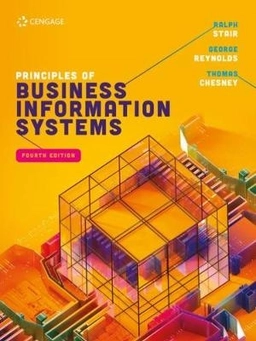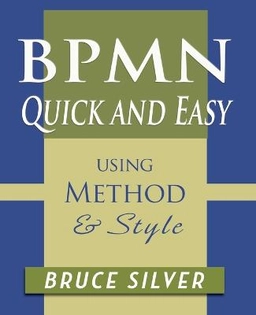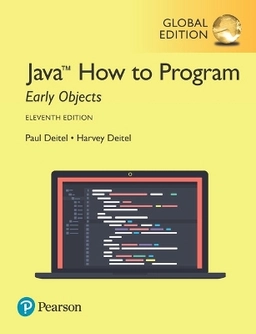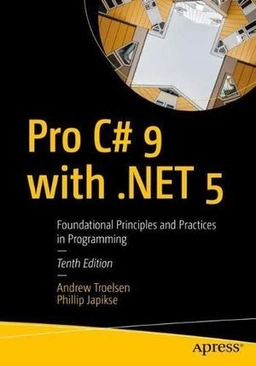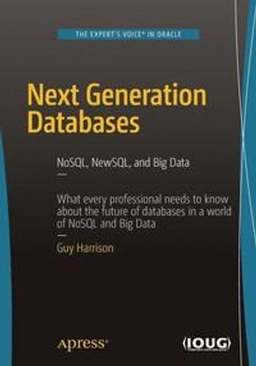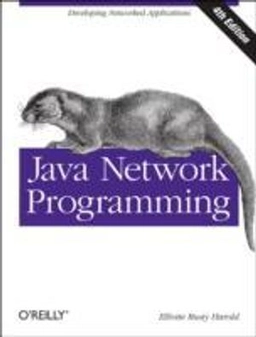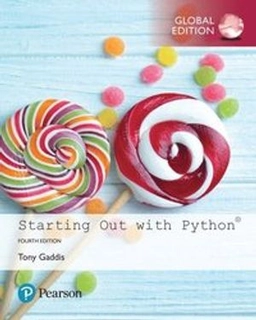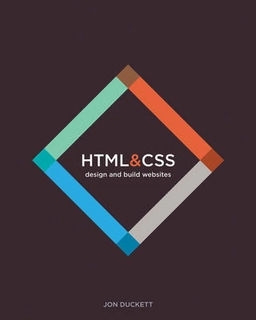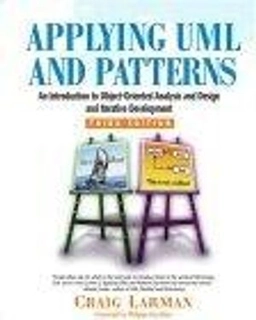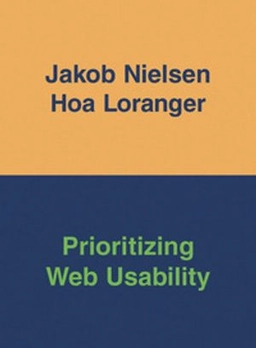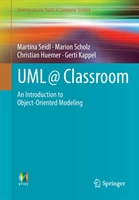

UML @ Classroom : An Introduction to Object-Oriented Modeling
- Utgiven: 2015
- ISBN: 9783319127415
- Sidor: 205 st
- Förlag: Springer International Publish
- Format: Häftad
- Språk: Engelska
Om boken
Åtkomstkoder och digitalt tilläggsmaterial garanteras inte med begagnade böcker
Mer om UML @ Classroom : An Introduction to Object-Oriented Modeling (2015)
I februari 2015 släpptes boken UML @ Classroom : An Introduction to Object-Oriented Modeling skriven av Gerti Kappel, Martina Seidl, Marion Scholz, Christian Huemer. Den är skriven på engelska och består av 205 sidor. Förlaget bakom boken är Springer International Publish.
Köp boken UML @ Classroom : An Introduction to Object-Oriented Modeling på Studentapan och spara uppåt 21% jämfört med lägsta nypris hos bokhandeln.
Tillhör kategorierna
Referera till UML @ Classroom : An Introduction to Object-Oriented Modeling
Harvard
Oxford
APA
Vancouver

